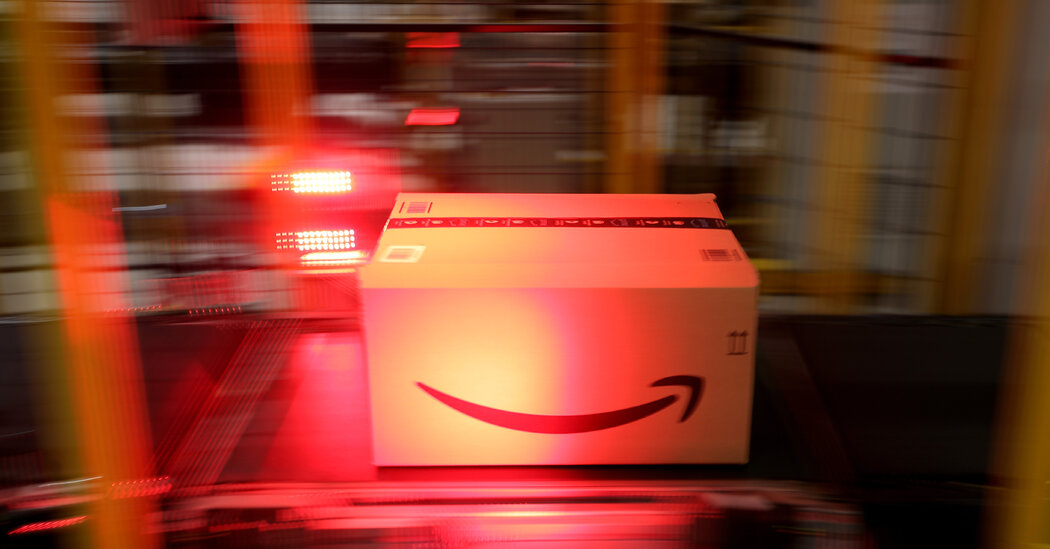Placement in the Buy Box is a major sales driver for businesses selling on Amazon, but if Amazon sees a product for sale at a lower price on another site, those two buttons are removed and replaced with less appealing language and designs, which can severely restrict sales.
“A price is considered non-competitive even if it is only one cent higher than that of reputable retailers outside of Amazon,” Varun Soni, who leads Amazon’s seller pricing team, stated at a conference in October.
Amazon, led since last year by Andy Jassy, who succeeded Jeff Bezos as CEO, has previously argued that its Buy Box policies helped consumers by keeping prices low and delivery times short. But the draft has been a source of antitrust scrutiny.
In September, the California Attorney General sued Amazon, arguing that sellers often raise their prices on other websites to match the price on Amazon and maintain their Buy Box placement, to the detriment of consumers.
The California complaint argued that it costs third-party sellers more to sell items on Amazon, so they can’t afford to lower prices on the site. Merchants would rather charge more on other sites to get the Buy Box back than risk stopping sales on Amazon, by far the largest online retailer, the lawsuit said.
In the EU settlement, Amazon also agreed to stop using non-public data about sellers it competes with. Independent sellers who rely on Amazon to reach customers have long complained that the company uses information about terms of sale, revenue and inventory to make decisions about which products to make, sell and promote, such as the line of Amazon Basics products.
In another win for independent sellers, sellers would also be able to join Amazon’s Prime program, the popular membership service, without using the company’s logistics operations. That change gives sellers the ability to partner with other providers to handle inventory and shipping.

